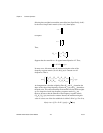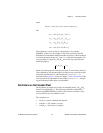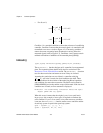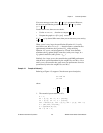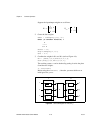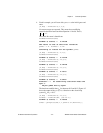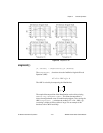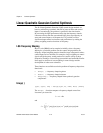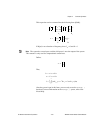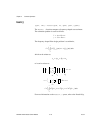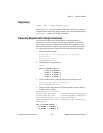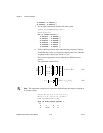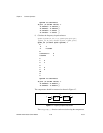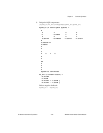
Chapter 4 Controller Synthesis
MATRIXx Xmath Robust Control Module 4-14 ni.com
Linear-Quadratic-Gaussian Control Synthesis
The H
2
Linear-Quadratic-Gaussian (LQG) control design methods are
based on minimizing a quadratic function of state variables and control
inputs. Conventionally, the problem is specified in the time domain.
By converting the LQG performance index into the frequency domain,
it becomes obvious that the conventional LQG places equal penalty on
states and control inputs at all frequencies. It is possible to realize
significant improvement in robustness and performance by making the
penalty weighting matrices functions of frequency.
LQG Frequency Shaping
Bryson’s rule [BH69] can be extended to initially select a frequency
shaping for a particular problem. For the control design problem, the
frequency-shaped weighting matrices should be large at frequencies where
control inputs are less desirable. For example, a large weighting on control
signals at high frequency would produce less control activity at those
frequencies, leading to a closed-loop system with lower bandwidth. Similar
ideas apply to selection of state weighting in control design and the
development of robust state estimators.
Three functions are available to solve the problem of frequency-shaped cost
functionals:
•
fsregu( )—frequency-shaped regulator
•
fsesti( )—frequency-shaped estimator
•
fslqgcomp( )—frequency-shaped linear-quadratic-gaussian
compensator
fsregu( )
[SysC, SysCC, vEV] = fsregu(SysA, ns, RXXA, RUUA, {RXUA})
The fsregu( ) function computes a frequency-shaped control law.
It assumes you start with:
and
x
·
Ax Bu+=
J
1
2
---
x
*
jω()Qjω()xjω()u
*
jω()Rjω()ujω()+[]ωd
∞–
∞
∫
=



